
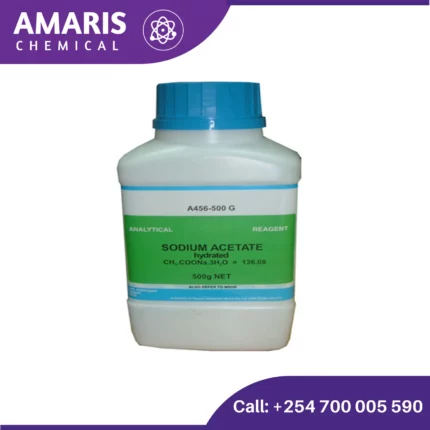
Silver Chloride 25gm
$2,500.00 Original price was: $2,500.00.$2,300.00Current price is: $2,300.00.
Silver chloride (AgCl), with its characteristic white crystalline appearance, is a chemical compound with a rich history and interesting properties. Here’s a breakdown of its key features, applications, and how it behaves in a laboratory setting:
Properties:
- Formula: AgCl
- Appearance: White crystalline solid
- Solubility: Very low solubility in water (known as a water-insoluble salt)
- Light sensitivity: Silver chloride darkens upon exposure to light, due to the conversion of silver ions (Ag⁺) to metallic silver (Ag).
Uses of Silver Chloride
- Test for Chloride Ions (Cl⁻):
This is the most common laboratory use of silver chloride. Silver chloride’s insolubility in water makes it an ideal indicator for the presence of chloride ions (Cl⁻) in an unknown solution. When a solution containing silver nitrate (AgNO₃) is added to a solution containing chloride ions, a white precipitate of silver chloride forms according to the following reaction:
AgNO₃ (aq) + KCl (aq) -> AgCl (s) + KNO₃ (aq)
Since this reaction is highly specific for chloride ions, the formation of a white precipitate signals the presence of chloride ions in the unknown solution. This qualitative test can be used to identify chloride ions in various samples.
- Gravimetric Analysis (Quantitative determination – less common):
In some cases, silver chloride precipitation can be used for a quantitative analysis technique called gravimetric analysis. Here, the mass of the silver chloride precipitate is carefully measured after it is dried and purified. The mass of the precipitate can then be mathematically correlated back to the original amount of chloride ions present in the unknown solution. This method is less common than other techniques for chloride ion quantification due to its time-consuming nature and the availability of more precise instrumental methods.
- Precursor for other silver compounds:
Silver chloride can be a useful starting material for synthesizing other silver compounds in laboratory settings. These other silver compounds may have specific applications in research or other industrial processes.
Related products
2 Propanol 2.5 litres (IPA)
Aluminum Sulphate 500gm
Ammonia Acetate
Properties
- Chemical Formula: NH4C2H3O2
- Molecular Weight: 77.08 g/mol
- Appearance: White, crystalline solid
- Solubility: Highly soluble in water
- Melting Point: Decomposes upon heating


 Emollients
Emollients Humectants
Humectants UV Filters
UV Filters Surfactants (cosmetic)
Surfactants (cosmetic) Preservatives (cosmetic)
Preservatives (cosmetic) Fragrances and Essential Oils
Fragrances and Essential Oils Antioxidants (cosmetics)
Antioxidants (cosmetics)
 Solvents (lab)
Solvents (lab) Chromatography Chemicals
Chromatography Chemicals Microbiology and Cell Culture Reagents
Microbiology and Cell Culture Reagents Biochemical Reagents
Biochemical Reagents Inorganic and Organic Standards
Inorganic and Organic Standards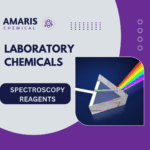 Spectroscopy Reagents
Spectroscopy Reagents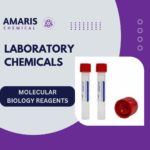 Molecular Biology Reagents
Molecular Biology Reagents
 Precious Metal Extraction Agents
Precious Metal Extraction Agents
 Plasticizers
Plasticizers Polymerization Initiators
Polymerization Initiators Stabilizers
Stabilizers Monomers
Monomers Fillers and Reinforcements
Fillers and Reinforcements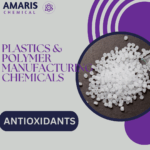 Antioxidants (plastics)
Antioxidants (plastics) Colorants (plastic pigments,Dyes)
Colorants (plastic pigments,Dyes)
 Fertilizers
Fertilizers Plant Growth Regulators
Plant Growth Regulators Soil Conditioners
Soil Conditioners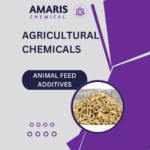 Animal Feed Additives
Animal Feed Additives Biostimulants
Biostimulants
 Dough Conditioners
Dough Conditioners Flour Treatments
Flour Treatments Fat Replacers
Fat Replacers Preservatives (baking)
Preservatives (baking)
 Surfactants (cleaning)
Surfactants (cleaning) Builders
Builders Bleaching Agents
Bleaching Agents Enzymes
Enzymes Solvents (cleaning)
Solvents (cleaning) Fragrances
Fragrances Disinfectant
Disinfectant Metal cleaning
Metal cleaning
 Binders/Resins
Binders/Resins Pigments
Pigments Solvents (paint)
Solvents (paint) Additives
Additives Driers
Driers Anti-Corrosion Agents
Anti-Corrosion Agents Specialty Coatings
Specialty Coatings Functional Coatings
Functional Coatings Application-Specific Coatings
Application-Specific Coatings
 Sealants and Adhesives
Sealants and Adhesives
 Biodegradable Surfactants
Biodegradable Surfactants Bio-based Solvents
Bio-based Solvents Renewable Polymers
Renewable Polymers Carbon Capture Chemicals
Carbon Capture Chemicals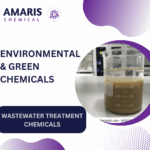 Wastewater Treatment Chemicals
Wastewater Treatment Chemicals
 Preservatives (food)
Preservatives (food) Flavor Enhancers
Flavor Enhancers Acidulants
Acidulants Sweeteners
Sweeteners Emulsifiers
Emulsifiers Antioxidants (food)
Antioxidants (food) Colorants (food)
Colorants (food) Nutrient Supplements
Nutrient Supplements Nutraceutical Ingredients
Nutraceutical Ingredients
 Fresh Herbs
Fresh Herbs Whole Spices
Whole Spices Ground Spices
Ground Spices Spice Blends
Spice Blends
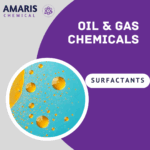 Surfactants(oil)
Surfactants(oil)
 Antibiotics
Antibiotics Active Pharmaceutical Ingredients
Active Pharmaceutical Ingredients Excipients
Excipients Vaccine Adjuvants
Vaccine Adjuvants Nutraceutical Ingredients
Nutraceutical Ingredients Solvents (pharmaceutical)
Solvents (pharmaceutical)
 Automotive chemicals
Automotive chemicals Pyrotechnic Chemicals
Pyrotechnic Chemicals


 Vulcanizing Agents
Vulcanizing Agents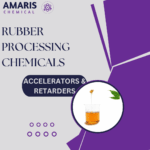 Accelerators & Retarders
Accelerators & Retarders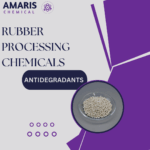 Antidegradants
Antidegradants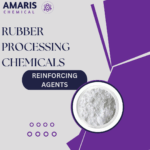 Reinforcing Agents
Reinforcing Agents Plasticizers & Softeners
Plasticizers & Softeners Fillers & Extenders
Fillers & Extenders Blowing Agents
Blowing Agents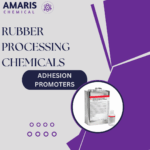 Adhesion Promoters
Adhesion Promoters
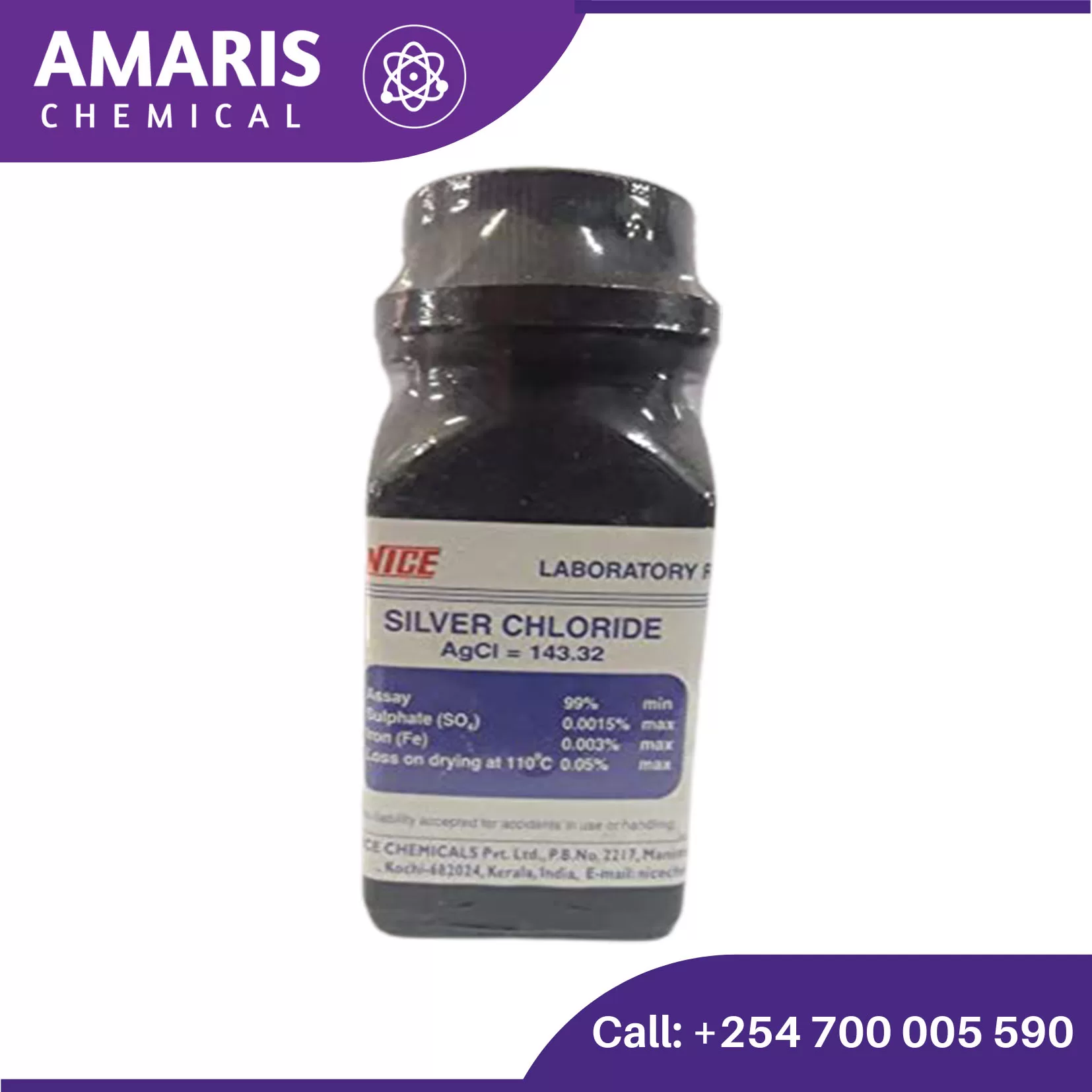
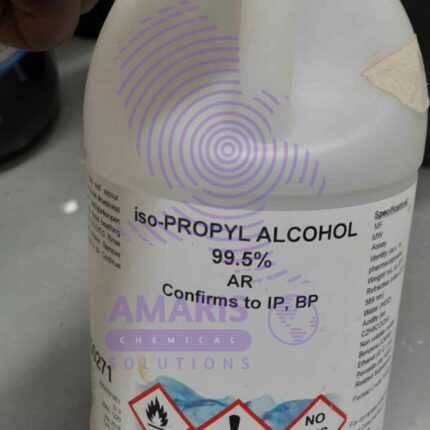
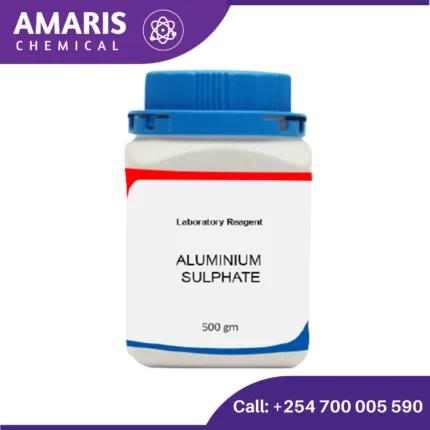
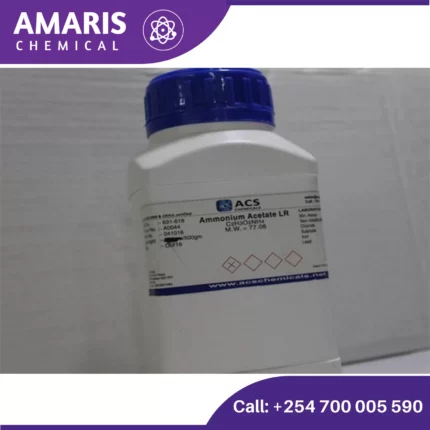
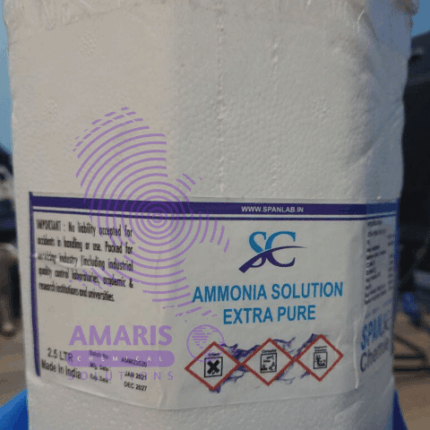
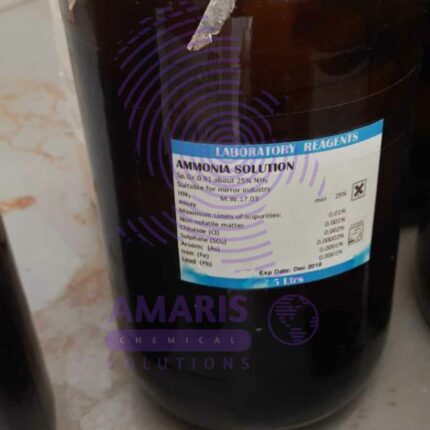

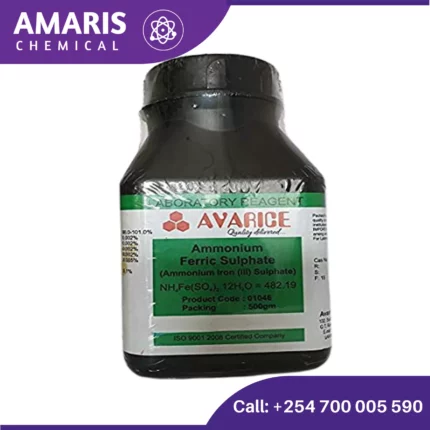
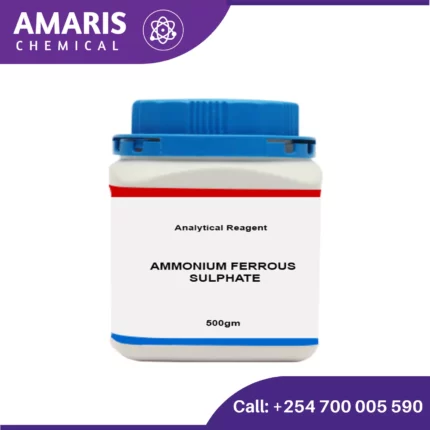
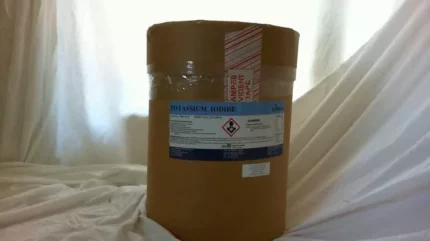









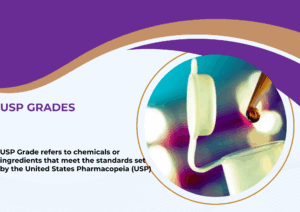



Reviews
There are no reviews yet.